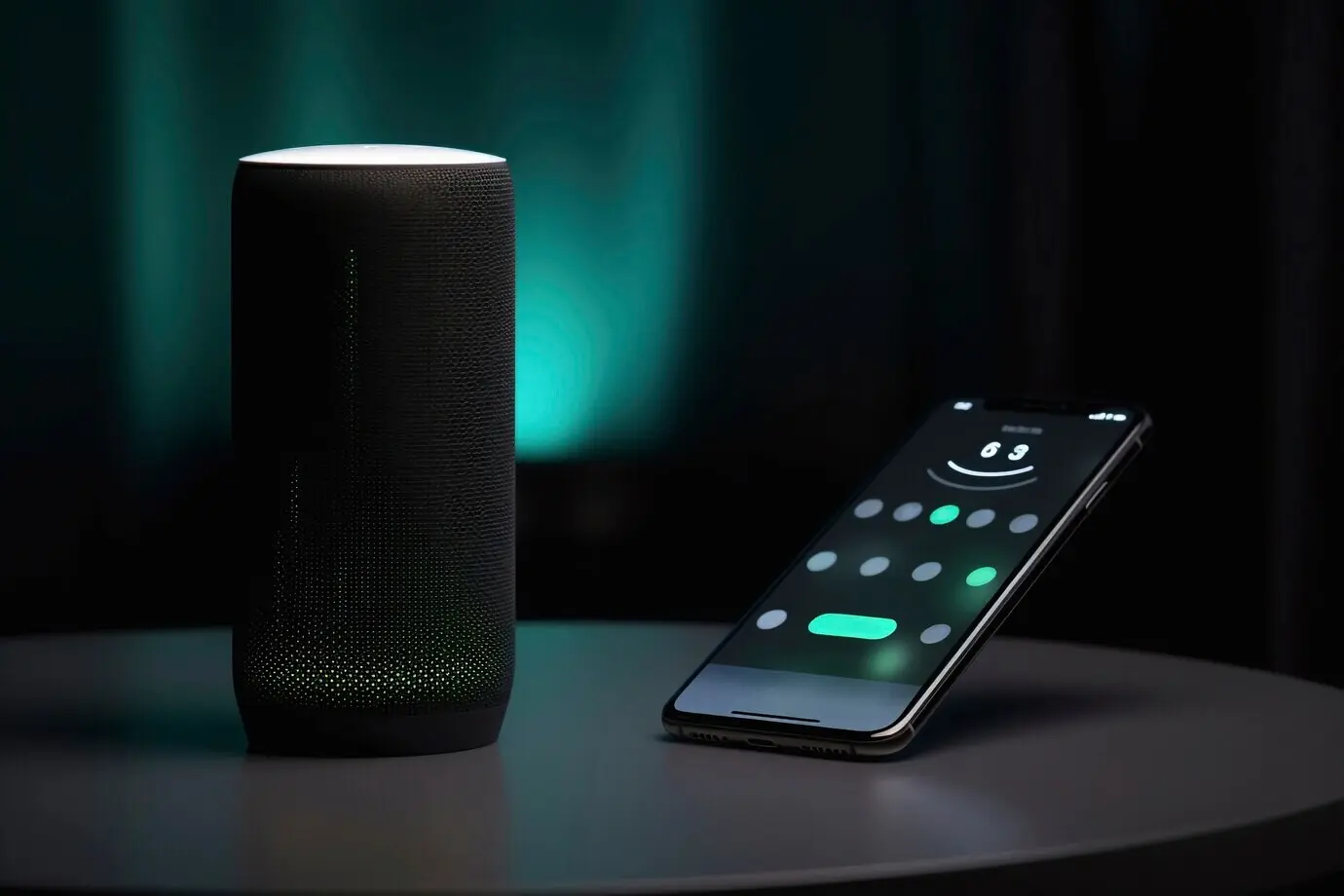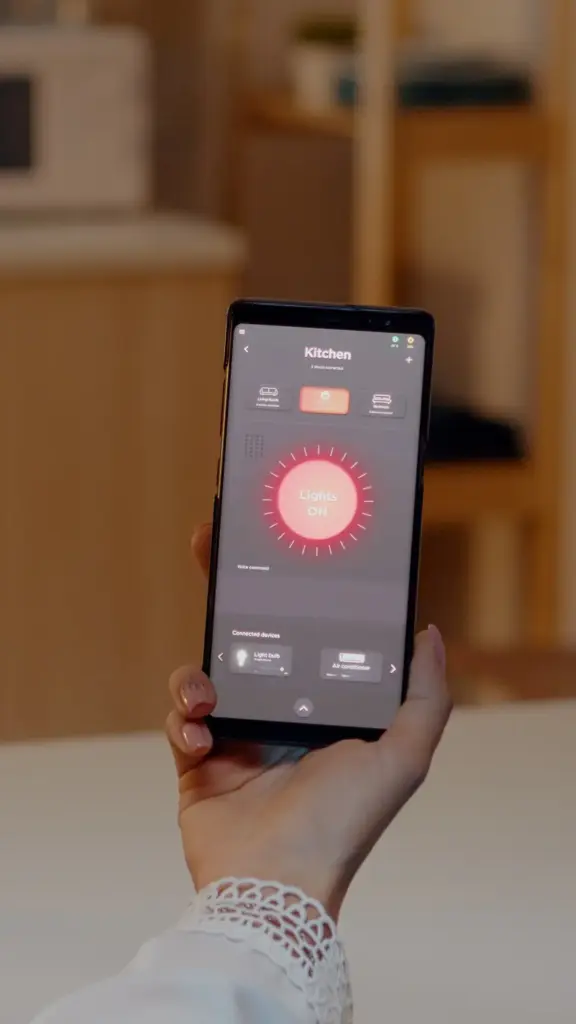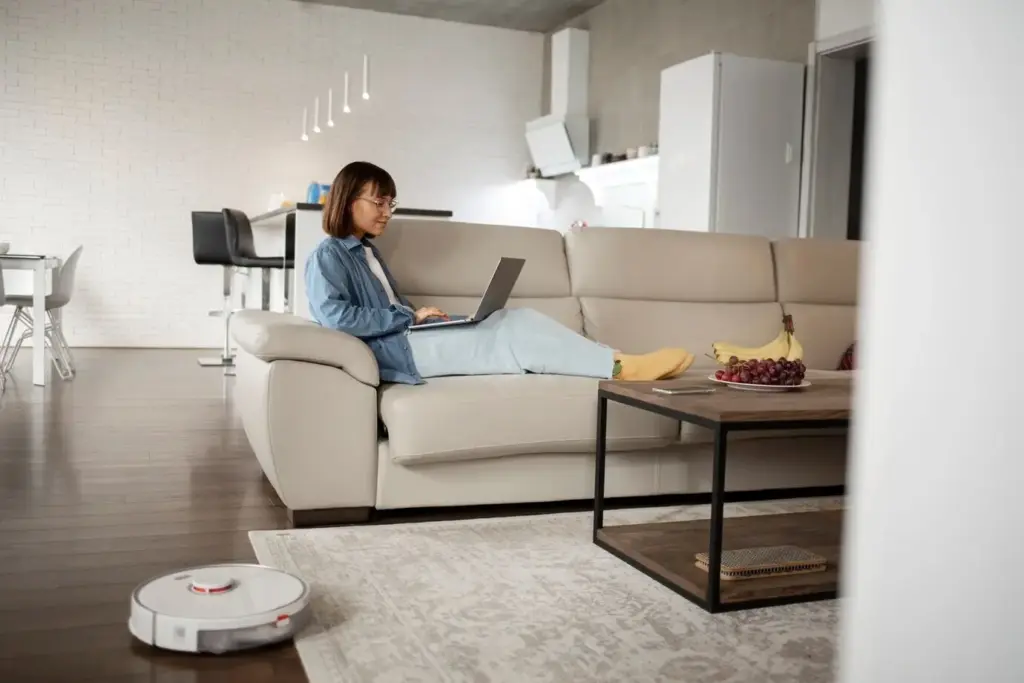Designing a Home That Speaks Every Language


Protocols in Practice: Matter, Thread, and Zigbee
Rooms That Feel Effortless


Redundancy and Graceful Degradation

Firmware and OTA Without Disruption
Testing, Certification, and Real‑World Troubleshooting

Future‑Proofing and Community Momentum
Preparing for Upcoming Matter Releases
Review release notes for new device types, improved commissioning, and expanded media or energy features. Keep an inventory of what each controller supports today and what is pending. Plan upgrades around household schedules, and test in a staging area. Incremental adoption protects reliability while unlocking real benefits rather than chasing novelty without clear purpose.
Harnessing Open‑Source Controllers Confidently
Projects like Home Assistant and open‑source Thread stacks offer flexibility and transparency. Use stable channels for critical areas, nightly builds only on test networks, and keep backups versioned. Community add‑ons can bridge gaps respectfully. Share reproducible issues, and celebrate contributors who make local, privacy‑friendly control practical for families, renters, and power users alike everywhere.
Join, Learn, and Help Shape What Comes Next
Share your automation wins, edge cases, and migration notes so others avoid pitfalls. Ask questions, post benchmarks, and subscribe for deep‑dive guides and case studies. Your feedback on reliability, commissioning, and accessibility influences what manufacturers prioritize, helping a broader audience experience calm, secure, and genuinely helpful homes that fade gracefully into the background daily.



